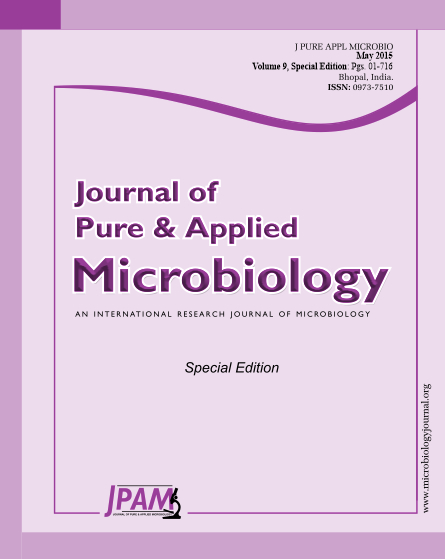The protective effect of selected vaginal Lactobacillus strains (L. brevis CD2, L. salivarius FV2, L. plantarum FV9) towards herpes simplex virus type 2 (HSV-2) infection in vitro has been analyzed. Living bacterial cells affect different steps of virus multiplication. The effect on the early phases of virus infection appeared related to the bacterial adhesivepotential to the cell membrane while all the strains strongly reduced intracellular events of virus multiplication. The antiHSV-2 activity was not mediated by a virucidal effect. Instead it was exerted through bacterial soluble factors able to down regulate the production of infective virions. In fact HSV-2 yield was significantly reduced in infected cells fed with cell-free supernatants of lactobacilli grown in cell culture medium. Purified lactic acid and H2O2, Lactobacillus metabolites with known antimicrobial activity, produced a dose-dependent virucidal effect. Lactic acid successfully interfered with viral intracellular antigen synthesis and both the virucidal activity and the inhibition of replication were correlated to acidic pH values. L. brevis CD2, the most active strain, does not produce H2O2 and neutralized lactic acid had no effect, thus indicating that factors other than H2O2 and lactic acid could be responsible for the antiviral effect.
Herpes simplex virus type 2, Vaginal lactobacilli
© The Author(s) 2015. Open Access. This article is distributed under the terms of the Creative Commons Attribution 4.0 International License which permits unrestricted use, sharing, distribution, and reproduction in any medium, provided you give appropriate credit to the original author(s) and the source, provide a link to the Creative Commons license, and indicate if changes were made.


